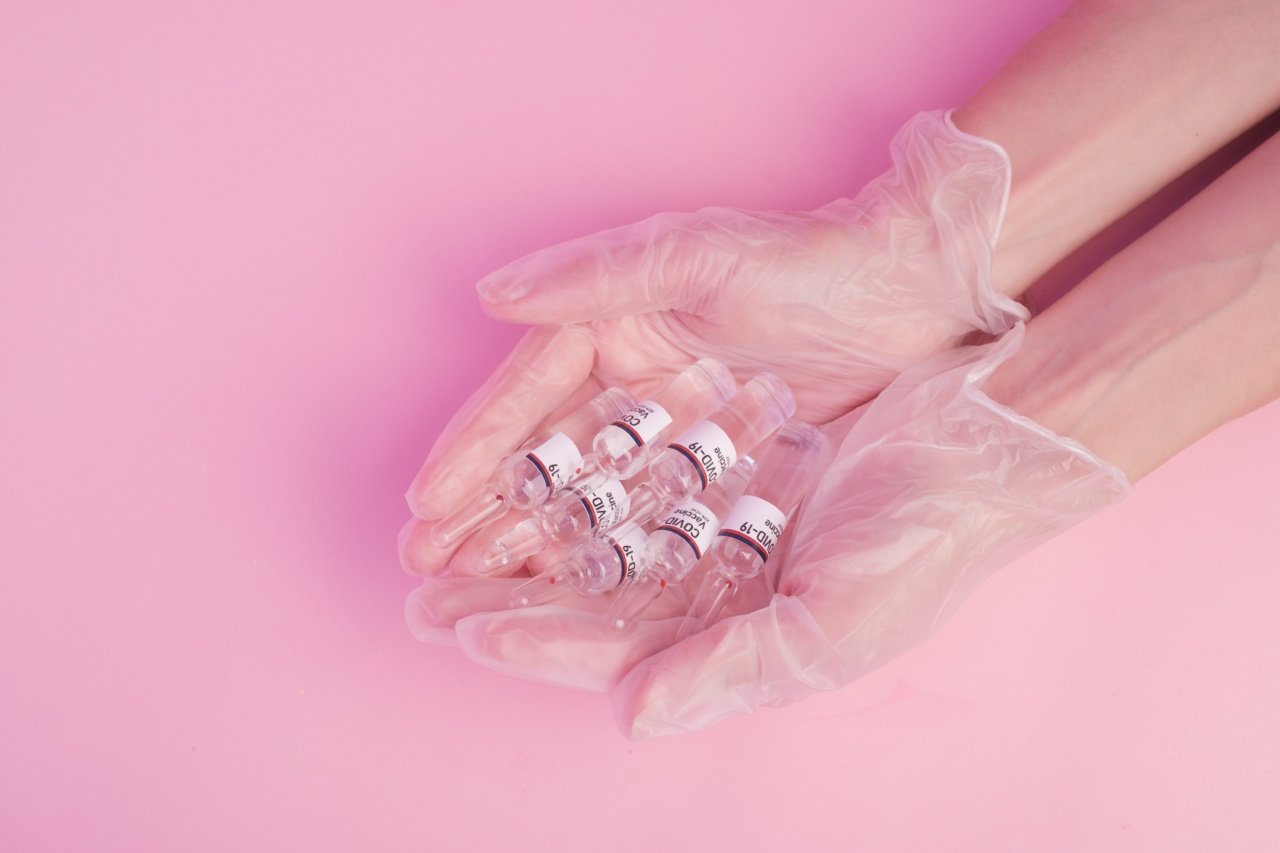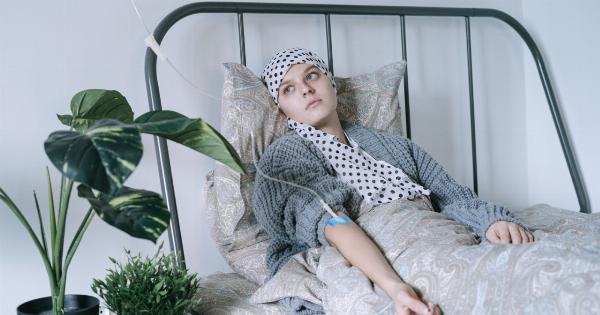Human papillomavirus (HPV) is a common sexually transmitted infection that can lead to various health issues, including genital warts and certain types of cancers.
Fortunately, there are vaccines available to protect against HPV infection, which can significantly reduce the risk of developing these complications. In this article, we will discuss the importance of HPV vaccination and how it can help in protecting yourself from HPV infection.
Understanding HPV
HPV is a family of viruses that can infect both males and females. It is primarily transmitted through sexual contact, including vaginal, anal, or oral sex.
There are more than 100 types of HPV, among which some are considered high-risk types that can cause cancer, while others cause genital warts.
HPV infections are quite common and can often go unnoticed since they may not present any symptoms. This makes it crucial to take preventive measures, including vaccination, to reduce the risk of complications associated with HPV infection.
The Importance of HPV Vaccination
HPV vaccination is highly effective in preventing HPV infection, especially when administered before becoming sexually active.
The vaccines available target the most common high-risk types of HPV, offering significant protection against cervical, anal, as well as some other types of cancers.
Vaccination not only helps protect the individual receiving the vaccine but also contributes to herd immunity. By vaccinating a significant portion of the population, the overall spread of the virus can be reduced, benefiting the entire community.
Who Should Get Vaccinated?
The Centers for Disease Control and Prevention (CDC) recommends routine HPV vaccination for both males and females. The vaccination is most effective when administered during adolescence, typically at ages 11-12.
However, it can still be given up to age 26 for females and age 21 for males who haven’t been vaccinated earlier or completed the vaccine series.
It is important to note that even if you have already been infected with one type of HPV, vaccination can still protect you against other types that you may not have encountered yet.
Types of HPV Vaccines
There are several HPV vaccines that have been approved for use. The most commonly used vaccines include:.
1. Gardasil 9 (HPV9)
This vaccine provides protection against the seven most common high-risk types of HPV, which are responsible for the majority of cervical cancers, as well as two types that cause genital warts.
2. Cervarix
Cervarix is mainly designed to protect against the two most common high-risk types of HPV associated with cervical cancer. It does not provide protection against genital warts.
3. Gardasil
Gardasil is effective in protecting against the two high-risk types of HPV associated with cervical cancer, as well as the two types that cause genital warts.
Vaccine Recommendations
It is recommended to follow the prescribed vaccine schedule to ensure maximum effectiveness. The HPV vaccines are administered in a series of shots over several months.
The recommended schedule for individuals who start the vaccination before age 15 is as follows:.
1. Gardasil 9 (HPV9) Schedule
– The first dose is given at the chosen date.
– The second dose is given 6 to 12 months after the first dose.
– The third dose is given 6 to 12 months after the second dose.
2. Cervarix Schedule
– The first dose is given at the chosen date.
– The second dose is given 1 to 2 months after the first dose.
– The third dose is given 6 months after the first dose.
3. Gardasil Schedule
– The first dose is given at the chosen date.
– The second dose is given 2 months after the first dose.
– The third dose is given 6 months after the first dose.
Side Effects and Safety
HPV vaccines are generally safe and well-tolerated. The most commonly reported side effects include pain, redness, or swelling at the injection site. Some individuals may also experience mild flu-like symptoms or headaches.
These side effects are usually temporary and resolve on their own.
It is important to consult with a healthcare provider if you have any concerns or questions regarding the safety and potential side effects of the HPV vaccine.
Additional Measures to Prevent HPV Infection
In addition to vaccination, there are other measures you can take to reduce the risk of HPV infection:.
1. Safe Sexual Practices
Practicing safe sexual behaviors, such as consistent and correct condom use, can help reduce the risk of HPV transmission.
However, since HPV can infect areas not covered by a condom, it is important to note that condom use does not provide complete protection against the virus.
2. Regular Screening
Regular screenings, such as Pap tests for cervical cancer, can help detect any abnormalities or precancerous changes caused by HPV infection. These screenings allow for early intervention and treatment, reducing the risk of developing cervical cancer.
3. Educate Yourself and Others
Be proactive in learning about HPV infection, its consequences, and the available vaccines. By educating yourself and others, you can help raise awareness and promote prevention within your community.
Conclusion
HPV infection is a significant health concern, given its association with genital warts and certain types of cancers. Protecting yourself from HPV through vaccination is a crucial step in preventing these complications.
By understanding the importance of HPV vaccines, following the recommended vaccination schedule, and taking additional preventive measures, you can significantly reduce the risk of HPV infection and its associated health issues.





























